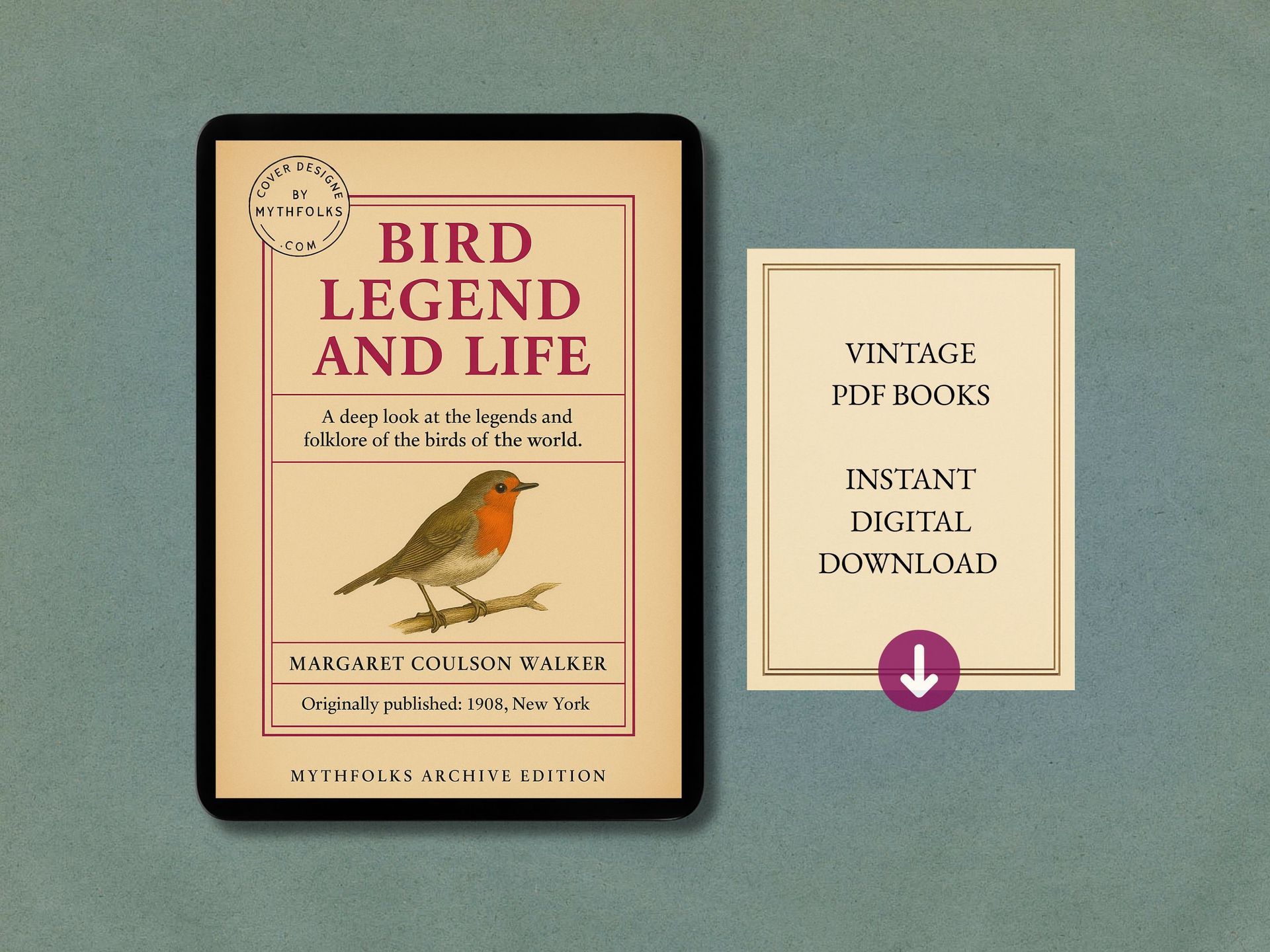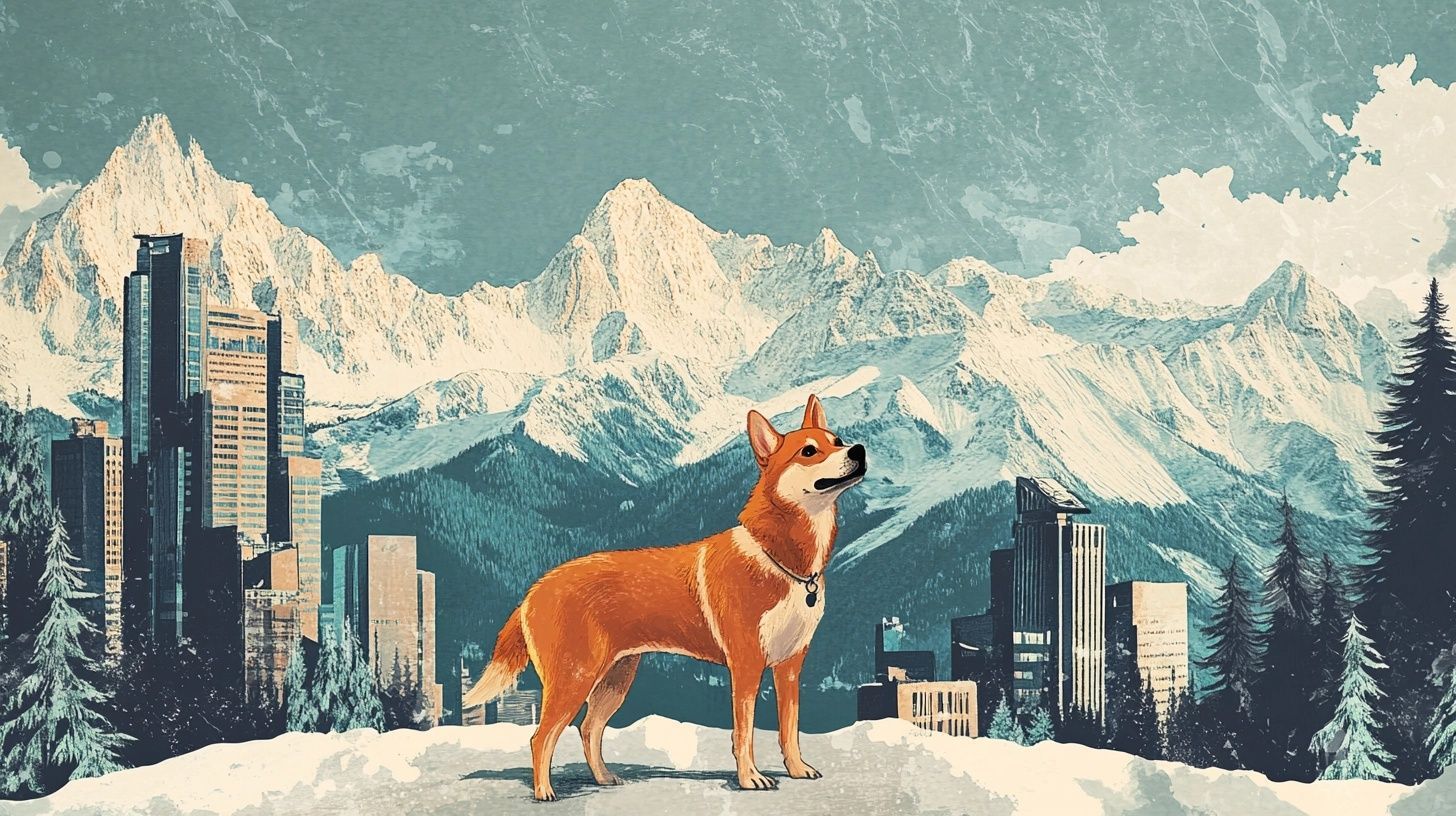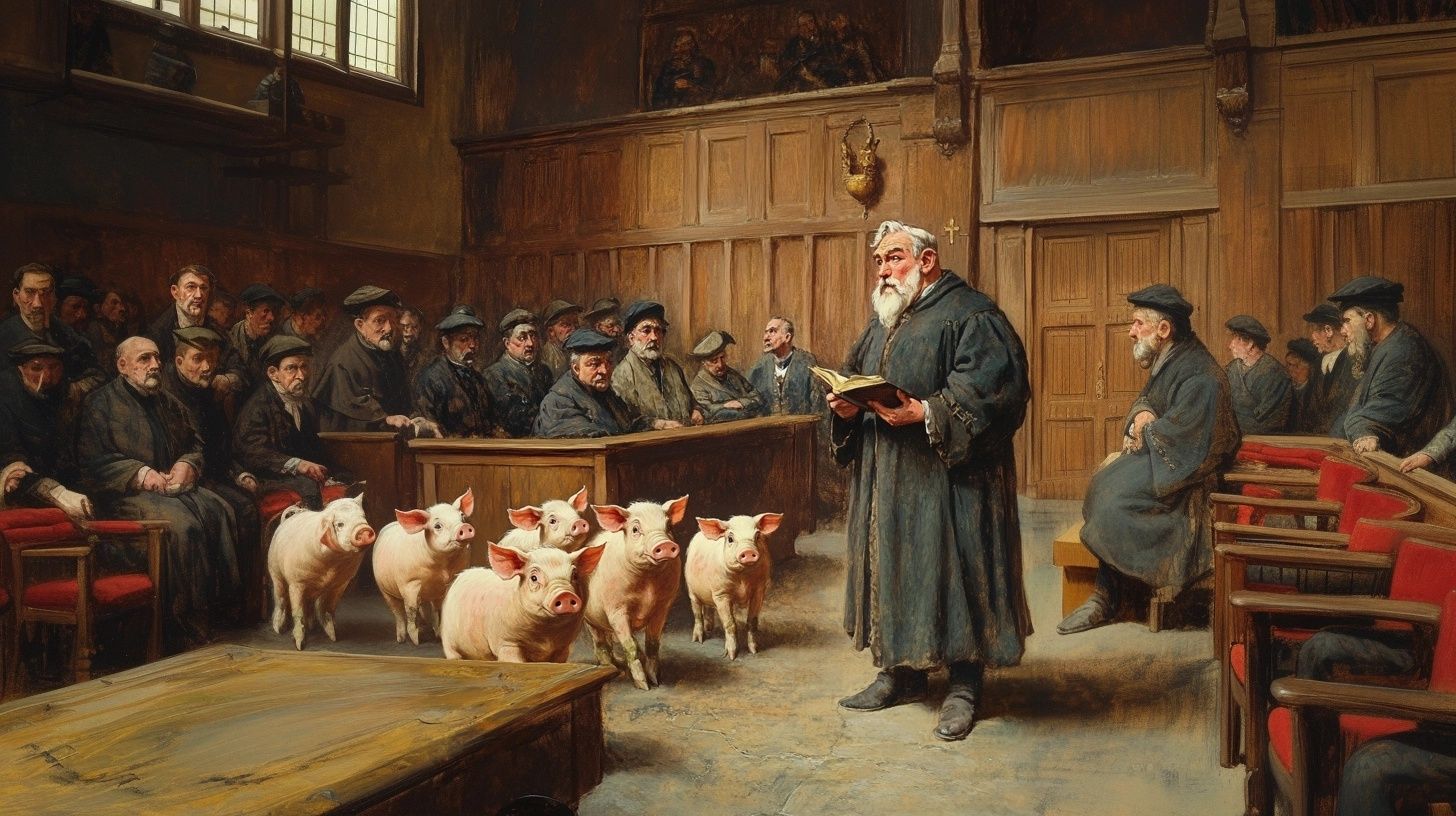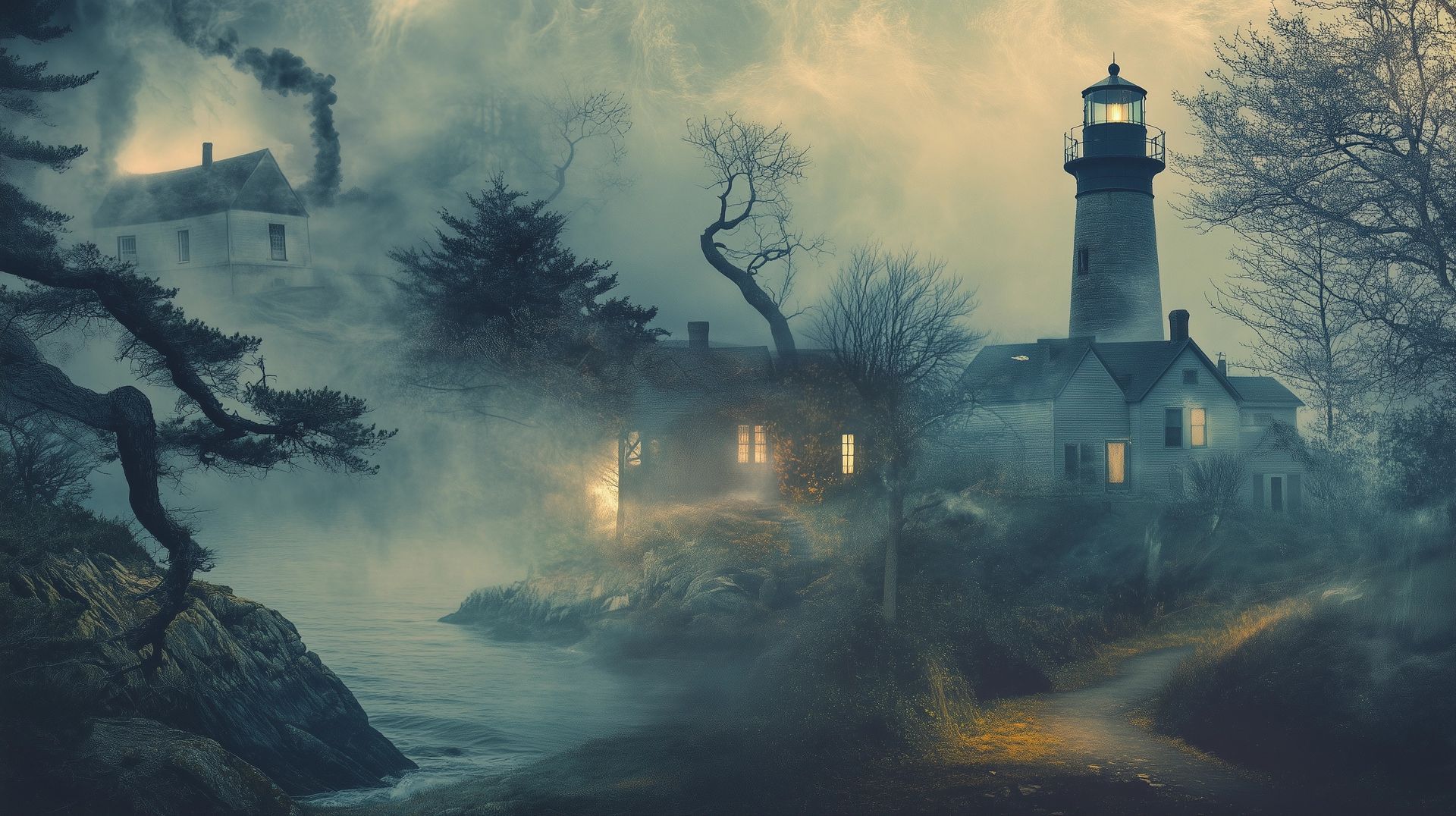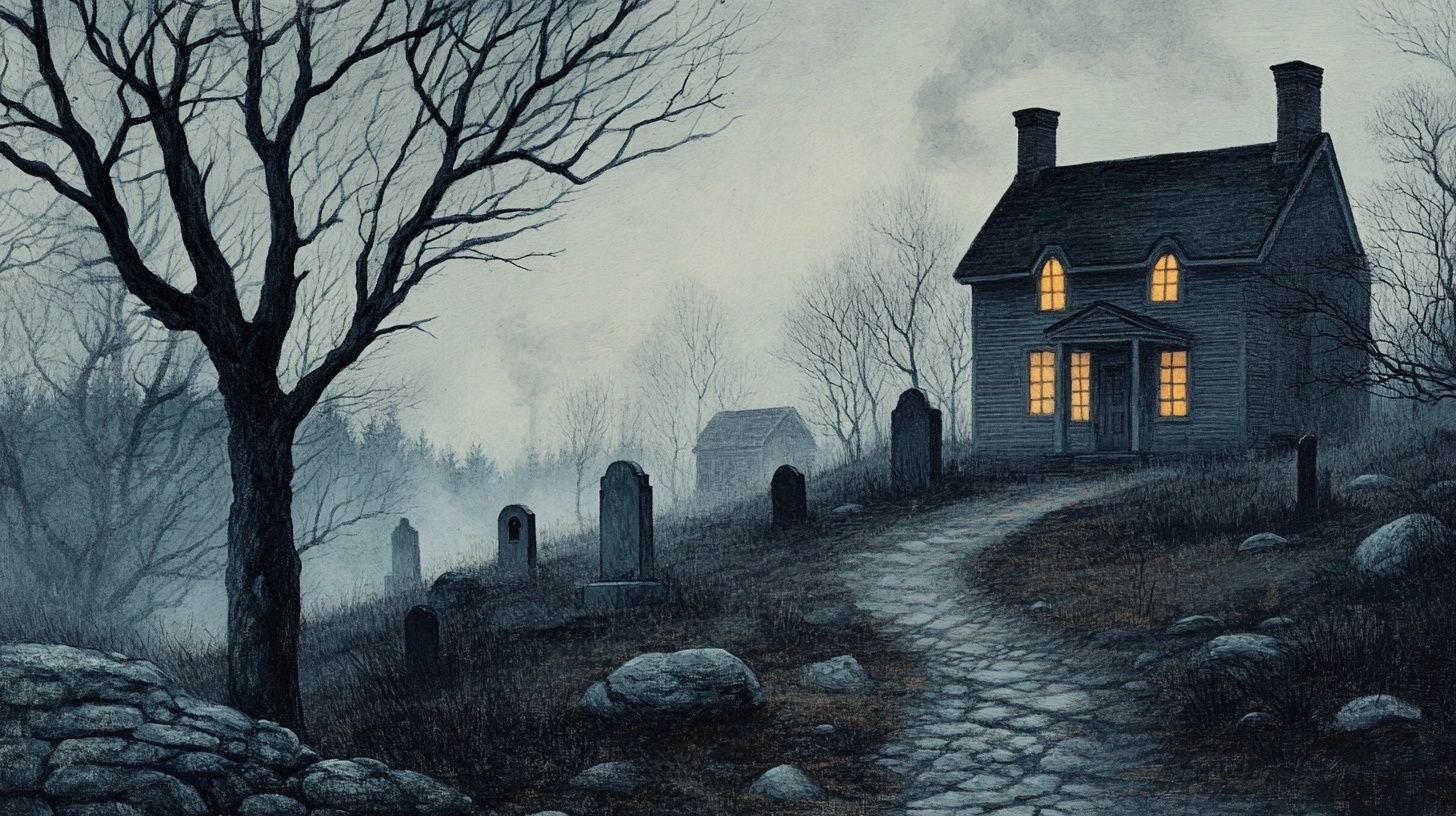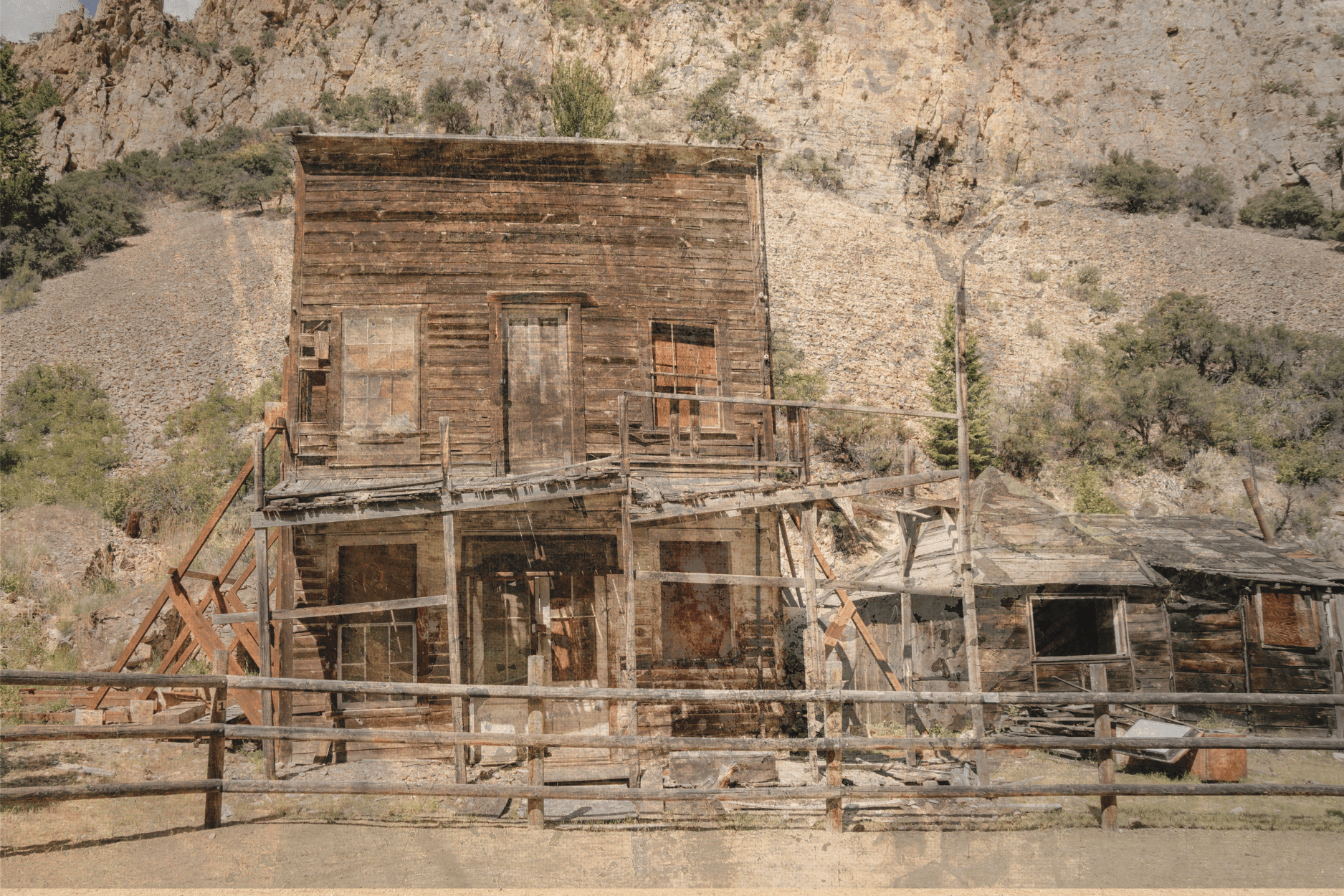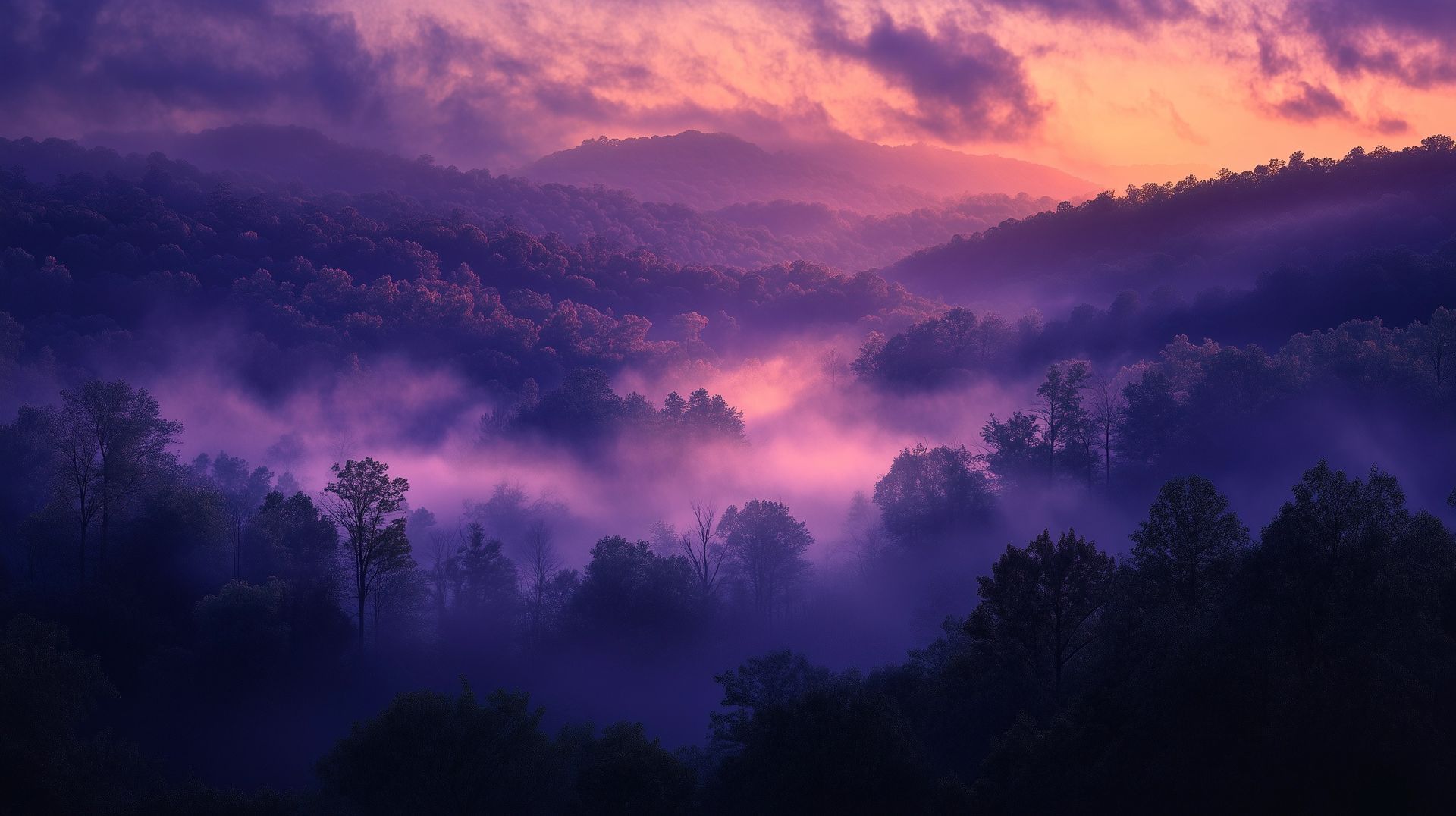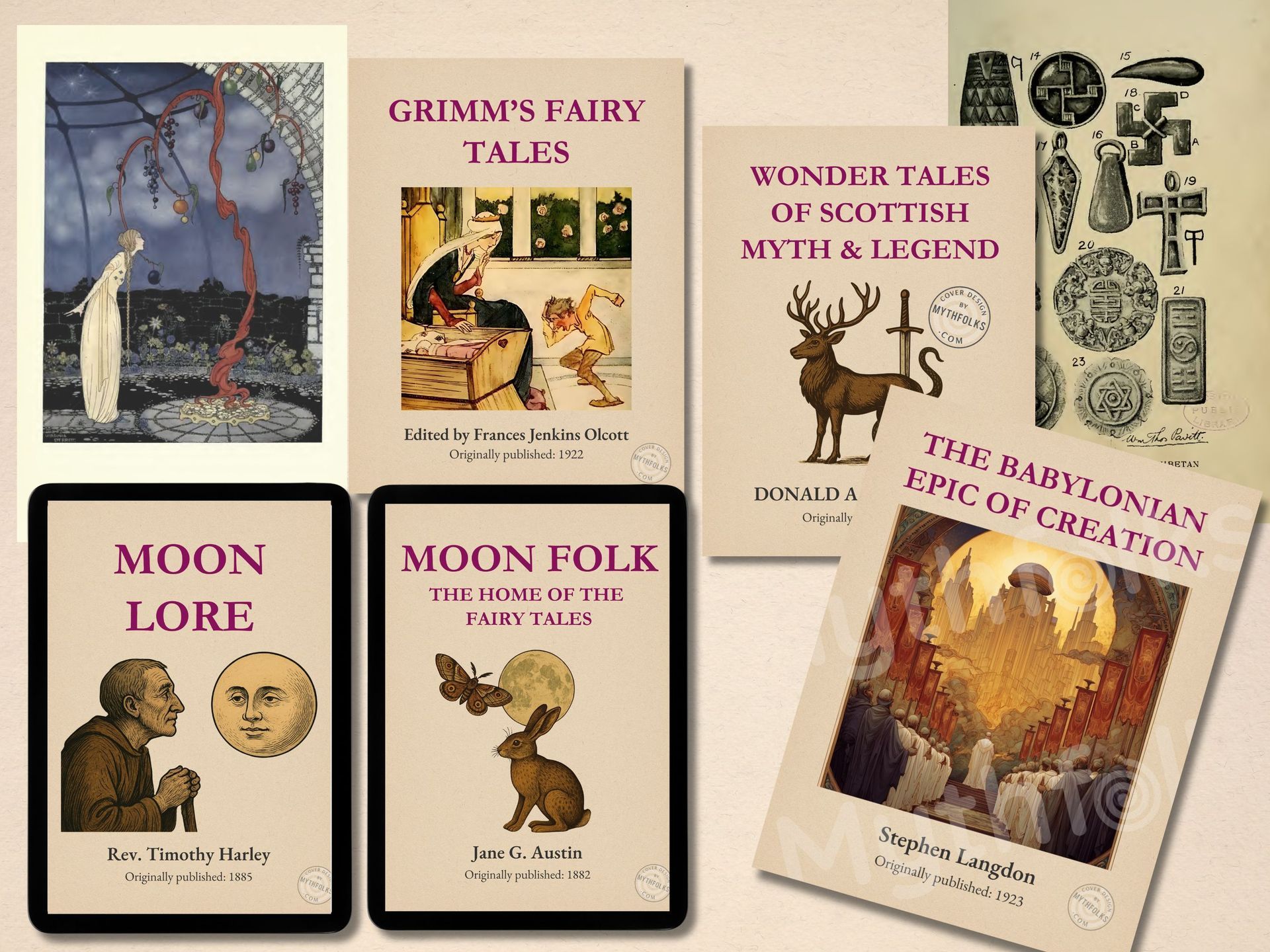Why do owls have sad human faces? And other strange bird legends you’ve probably never heard

"O ye delicious fables, where the wave
And the woods were peopled, and the air, with things
So lovely! Why, ah! why has science grave
Scattered afar your sweet imaginings?"
- Barry Cornwall
People used to explain birds the way we now explain why our phones aren’t working - poorly, emotionally and with absolute conviction.
Owls were cursed girls. Wrens were liars. Magpies were women who couldn’t shut up (and boy, hasn't this one endured). They were punishments, messengers, warnings or possibly your dead aunt.
All very reasonable.
Here are the best strange and lesser-known origin legends about birds that i dug (mostly) out of an obscure early 20th century text
(if you're interested, you can find a repackaged digital version of that text in my Etsy shop here).
Published: 25th May 2025
Author: Mythfolks
Why do owls look like that?
I'd never thought about the fact that owls have different faces to other birds, until i was researching this article. What an amazingly simple thing to overlook for 40 something years!
Anyway, according to an old Inuit legend from the Arctic, a girl annoyed a spirit and the spirit rewarded her by changing her - irreversibly - into an owl.
Her fingers turned into claws. Her face sharpened into a beak. She grew feathers, panicked and flew - BAM! - straight into the side of an igloo. Poor thing.
The impact flattened her face and widened her eyes and she screamed into the night and never stopped.
And that is apparently why owls have sad, flat faces and always look like they’ve just seen something awful. At least according to folklore.
"From that day to this she and her descendents, ashamed of their bent noses and flattened faces, have hidden themselves in lonely places."
About the owl in folklore
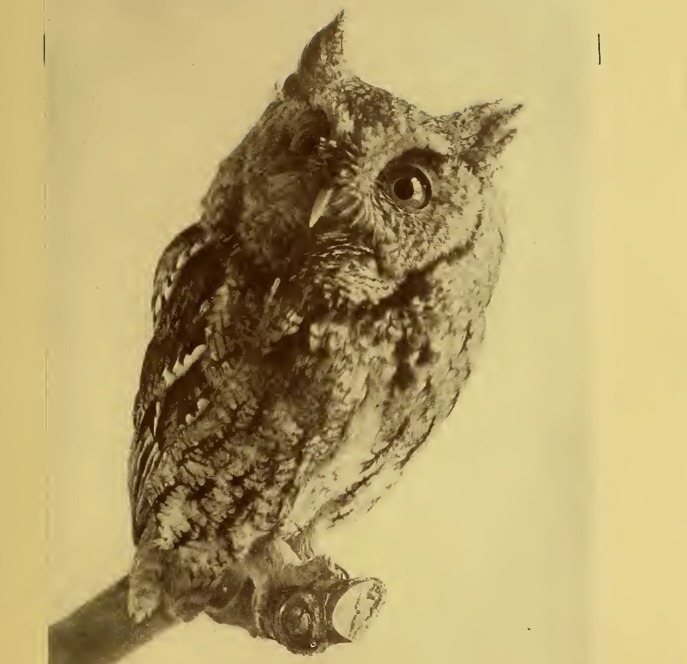
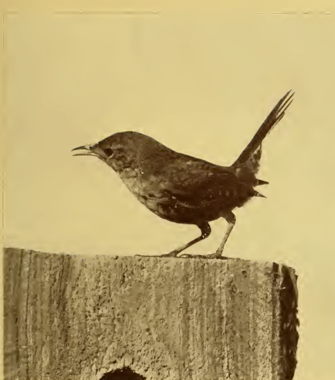
Did a wren cheat its way to a win?
In one legend from Heidelberg, Germany, the wren was once a dryad - a woodland spirit - who warned her lover never to raise his voice.
He did and she shrank into a bird and fled the forest, still shouting (in some versions he was transformed too and the pair were said to be constantly yapping at each other).
In another widespread European folk tale, the birds of the world once held a contest to choose a king. One bird to rule them all.
The rule: whoever flew the highest would win the crown.
The eagle soared above them all proud and certain of victory. Until a tiny wren popped out from under his feathers and flitted a little higher.
The eagle was - rightly - furious. The wren won. Everyone else had to live with it.
Across traditions, the wren is clever, unpredictable - and a cheat that is deeply committed to loopholes.
Were swallows once children turned to birds?
In a legend from the Arctic, a group of children were playing near a cliff, building tiny houses out of clay and mud.
A passing spirit saw them and, without warning, transformed them into birds. The story doesn’t explain why. It just says that they vanished from the cliff as children and reappeared in the air as birds.
According to the legend, that’s why swallows build their nests out of mud, because that's what the children were doing.
In folklore, swallows have long been connected to safety, return and protection. They were thought to bring luck to the houses they nested on and harming them was said to bring misfortune.
Their arrival often marked the start of spring and the end of winter’s hardship.
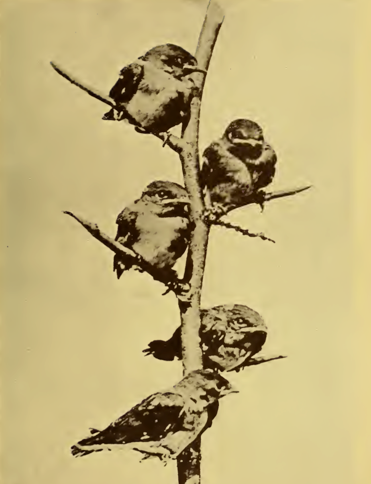
Did eagles really eat their young to stay young forever?
In Roman and early Christian symbolism, the eagle was seen as a creature of resurrection. It would later became a symbol of empire and eventually, of course, become known as the national bird of the USA.
In an old European legend, it was said that when an eagle grew old, it flew toward the sun and let the heat burn away its feathers.
Then it plunged into icy water. In some versions, it completed its renewal by devouring its own chicks. And once it had done this, it was supposed to be renewed. Strong, sharp-eyed and full of life again.
The legend of the proud, noble and powerful bird has resiliently stood the test of time (and quite rightly the baby-eating bit was quietly retired).
Don't be like the eagle - ageing gracefully is the way forward.
"In ancient Rome, one [eagle] perched on Vespasian’s tent was taken as a sign he was destined to rule. Its height, speed, and strength made it a natural emblem for empires."
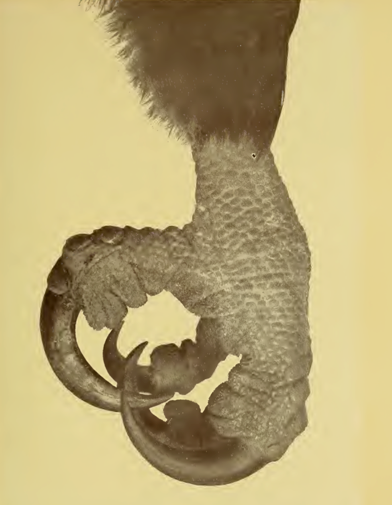
Why is the robin’s chest red?
The sweetest and most precious of birds.
In British and Christian folklore, the robin was said to have flown to Christ’s side during the crucifixion and tried to ease his pain.
It pulled at a thorn and blood stained its white chest. Apparently the blood never washed out.
The bird became a sacred symbol, believed to carry souls or bring messages from the dead.
To harm one was to invite terrible luck. To see one near your home meant someone was trying to reach you.
The robin has long been cast as a gentle helper. And has then spent the rest of history being treated like a special kind of spiritual courier service.
"The robin and the redbreast,
The robin and the wren,
If ye take out of the nest
Ye'll never thrive again.
The robin and the redbreast,
The martin and the swallow,
If ye touch one of their eggs
Bad luck will sure to follow."
- Essex Rhyme.
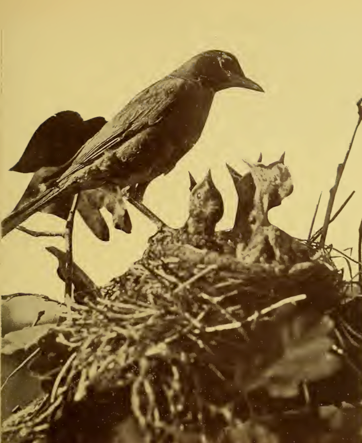
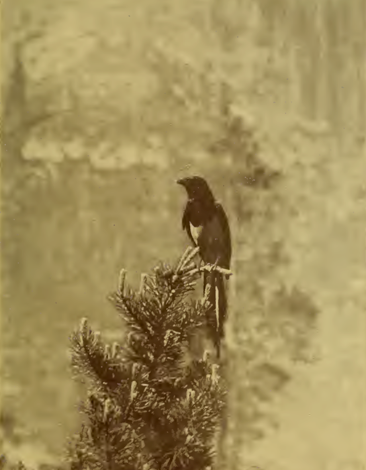
Why Do Magpies Talk So Much?
Magpies get quite the bad rap, always yakking, always thieving shiny things and just generally being untrustworthy. And old folk legends have a great way of explaining why.
In one Roman myth, the magpie began as one of the nine daughters of Pierus - mortal women who challenged the Muses to a singing contest.
The Muses won easily, but the sisters refused to accept the outcome. They kept talking, mocking and interrupting until the gods finally silenced them by turning them into birds.
As they were transforming, their constant chattering carried on without pause. They were changed mid-sentence and dropped into the trees as magpies - forever talking but never listening.
In a separate European folktale, the magpie asked the other birds to teach her how to build a proper nest.
Each bird offered a step - where to place the first twig, how to weave in moss, how to line the inside with feathers.
But after each instruction, the magpie interrupted - “I already knew that.” Eventually the other birds gave up, leaving her with only half the method.
That, the story says, is why magpies still build the messiest, most uneven nests in the woods. All talk, no patience and i've certainly known a few human magpies in my time.
Why are ravens and crows always a bad sign?
If robins are the sweetest of birds, ravens and crows might well be considered their dark and angry cousins.
While there isn't a single origin legend tied to them, they have consistently been linked with war, death and prophecy throughout the ages. Especially in Celtic, Norse and Roman traditions.
Their habit of gathering on battlefields after conflict (like the Valravne of Danish folklore) gave them the status of ultimate scavenger, often the first to arrive and the last to leave.
Their dark feathers, sharp voices and overbearing presence have also long made them symbolic of darkness and death in art and literature.
Think king of poetic doom, Edgar Allan Poe and Hitchcock's "The Birds". Or the entire premise of The Crow, where the bird more or less moonlights as a grief counsellor with wings.
Depending on the tradition, ravens and crows were said to have worked for gods, ghosts, or no one in particular. They would just randomly appear. And then something would happen.
Usually something bad. I have to say, i'd take a yappy magpie over either of these any day of the week. Properly creepy birds.
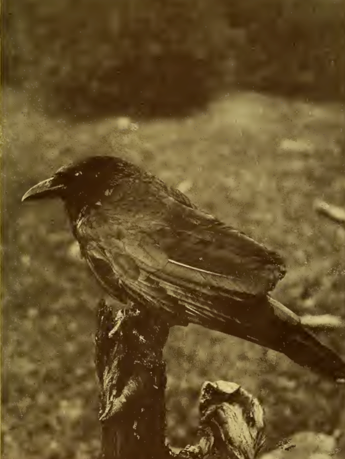
Why is the woodpecker so hard to feed?
According to a northern European legend, the origins of the woodpecker began with a bannock (a kind of flatbread cooked on a griddle originating in Scotland) and a bad attitude.
Christ and Saint Peter were walking the earth when they stopped at the home of an old woman named Gertrude. They asked for a small cake to ease their hunger. She agreed - sort of.
The piece of dough she rolled out looked tiny, but on the griddle, it expanded. Too large to give away, apparently. She tried again with less dough. Same result. The third attempt was practically invisible when she pinched it off, but still, it puffed up too much for her liking. She kept them all.
For this, she was transformed. She shrank down, shot up the chimney and flew off as a woodpecker. Her blackened back came from the soot, her white apron and red headscarf stayed exactly where they were.
From then on, she was only allowed to drink raindrops and could find food only in the most inconvenient places - wedged between bark and wood, or buried deep inside the trunk.
That's some punishment, but also - imperfection is o.k, don't overthink it.
Birds have always held a strong place in folklore, most often in fables that convey a valuable moral lesson - as many of these stories are. Of course evolution explains the actual origin of birds and science continues to fill in the rest. But these buried stories are still fun to think about and use for a little self-reflection sometimes.
Because remember little wren – cheaters never prosper...
If you liked this you'll love reading about the crazy animal trials of the middle ages and a round up of some obscure old legends about heroic dogs.
Article sources
- Walker, Margaret Coulson. Bird Legend and Life. New York: The Baker and Taylor Company, 1908
Visit my Etsy shop to buy the original source text (PDF)
I spend a lot of time digging through old and out-of-print folklore texts and curate selected titles as digital editions.
(Clicking the link will open the Mythfolks Etsy shop in a new tab.)
Explore more animal folklore
These cuddly canines really came through in a jam. Get stuck into short stories that have been buried in history.
Discover the time when animals were put through real human trials - with lawyers and everything...
Explore US folklore
11 US ghost towns that are actually haunted
Maybe...if you like escaping the crowds, these towns are not only abandoned but largely unvisited by tourists. Check them out.



